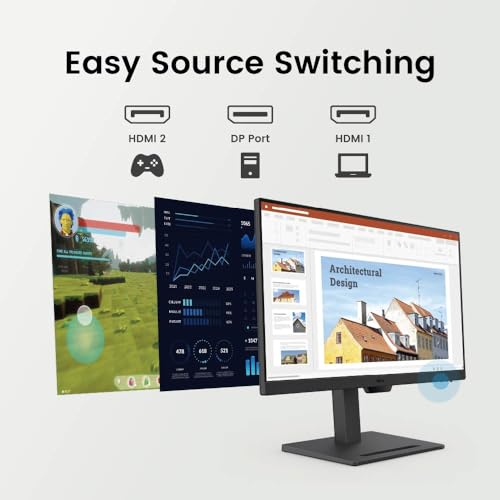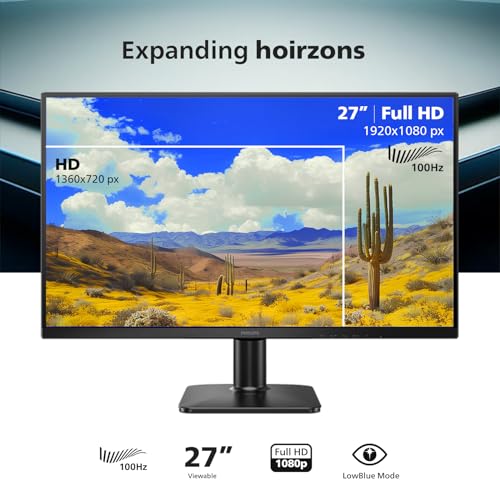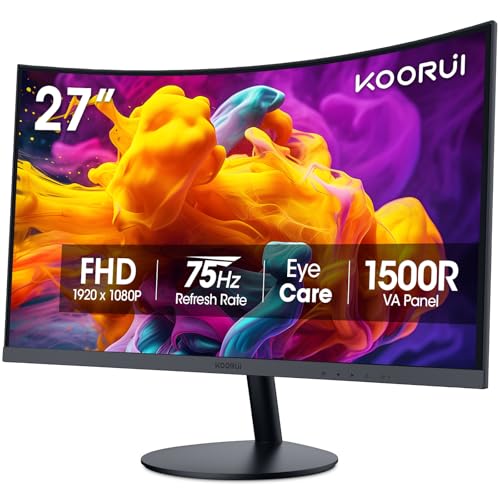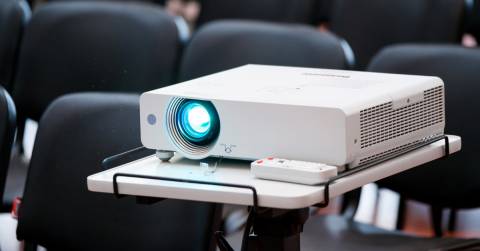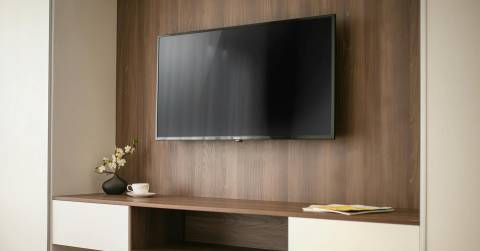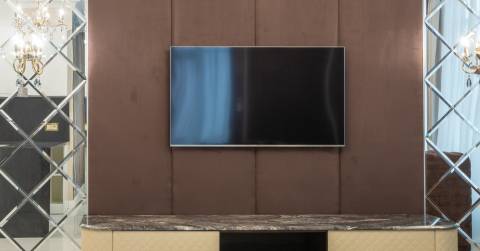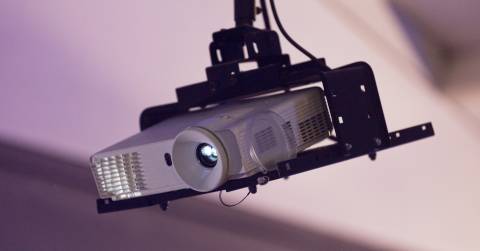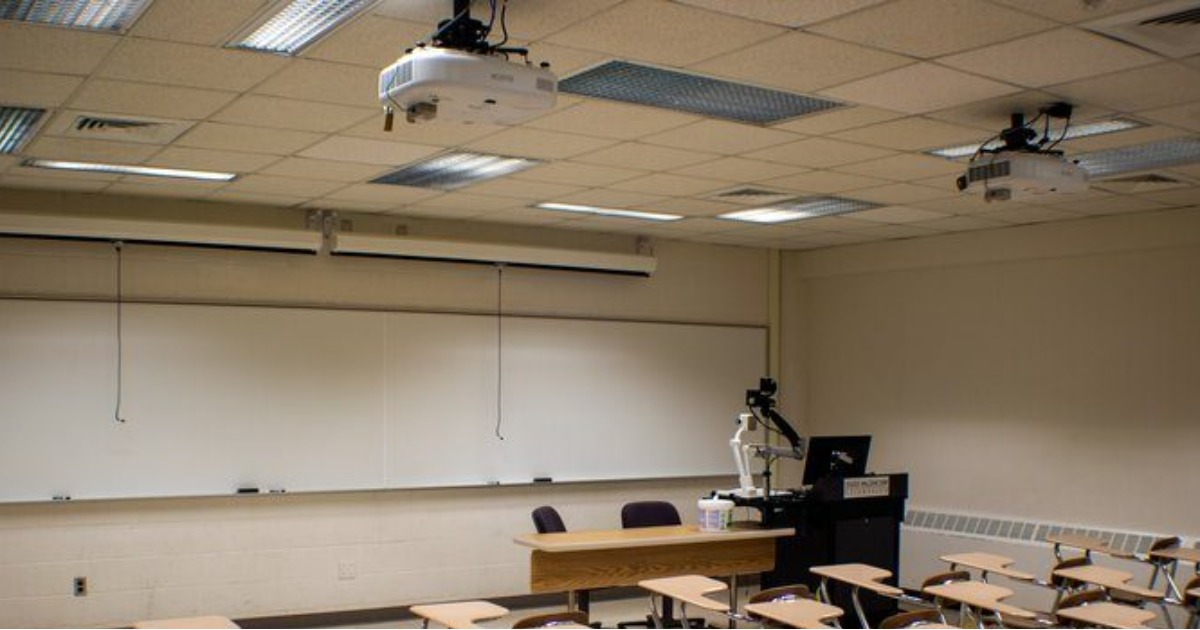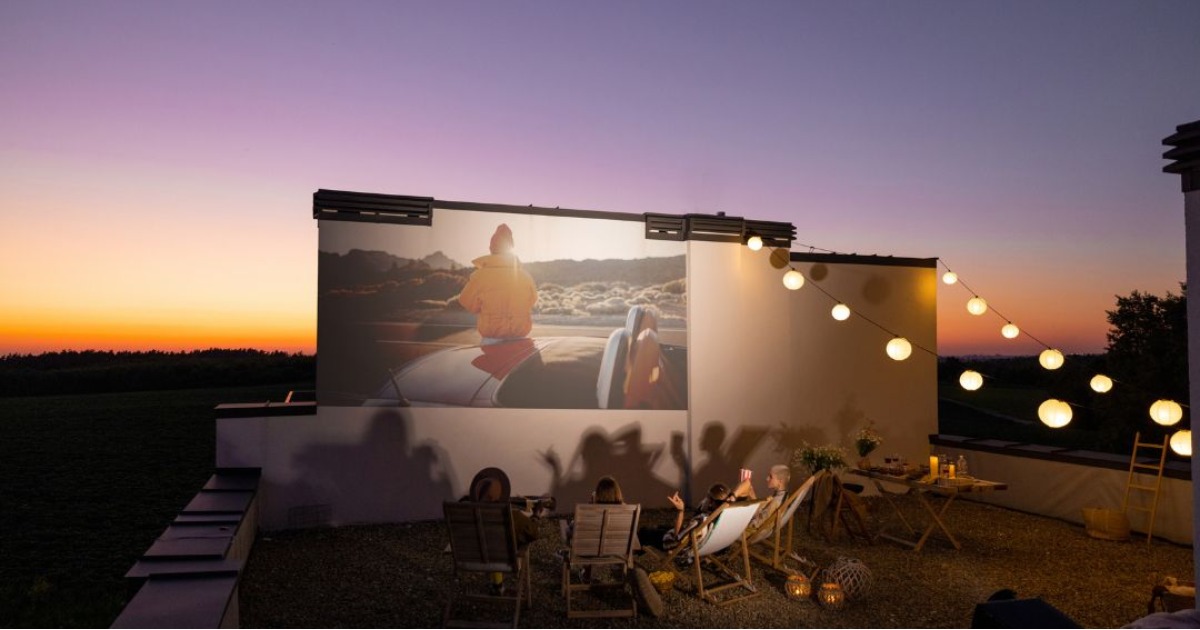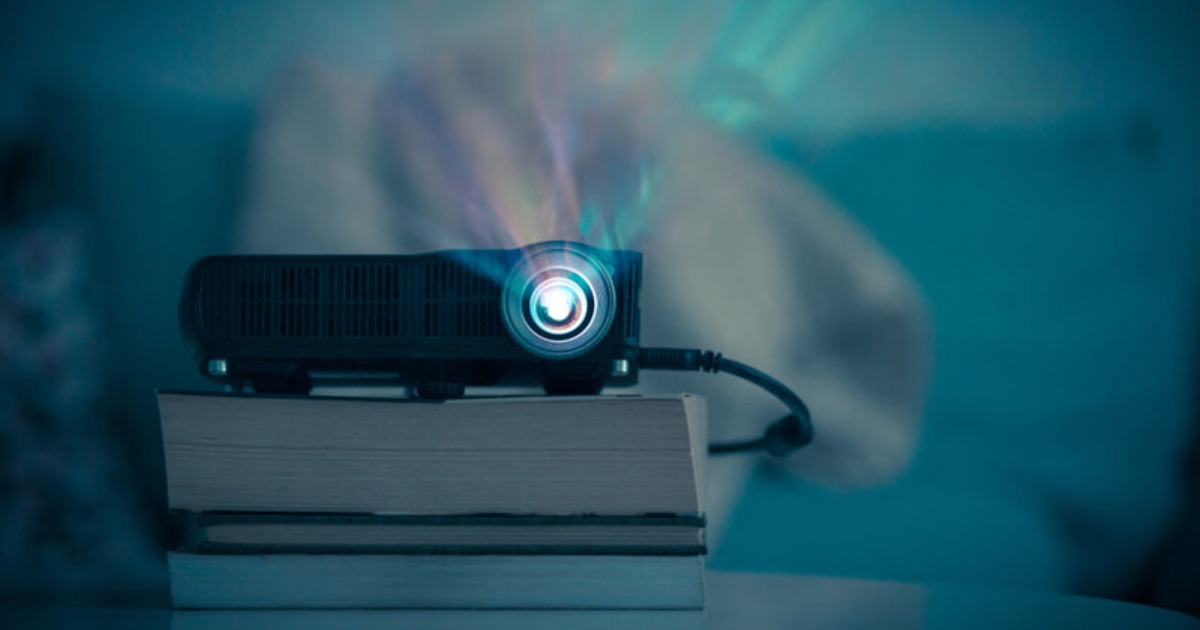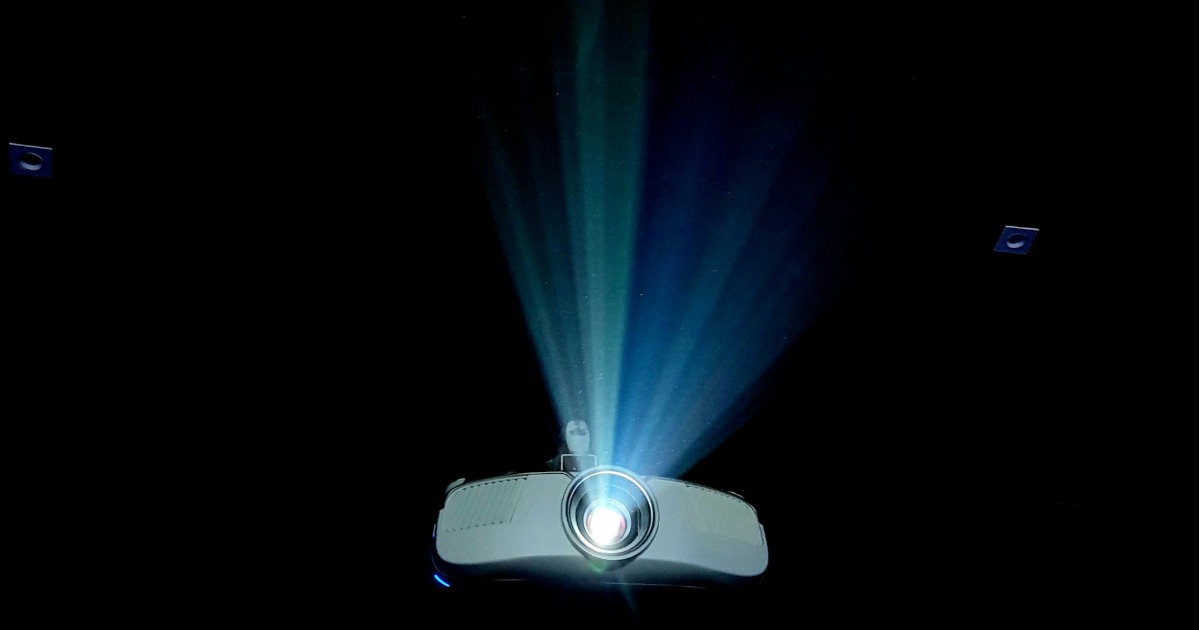The Best Monitor For Eye Care Of 2025
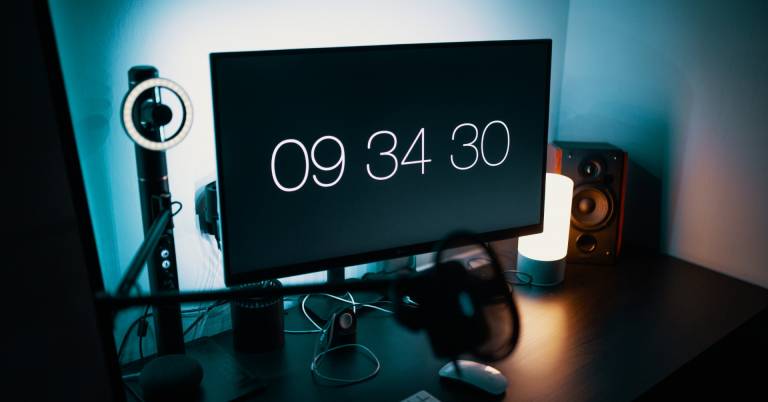
Summary
BenQ GW2790T 27" Monitor
PHILIPS 27E2N1100 Monitor
ASUS 24” VZ24EHF Monitor
Spending long hours in front of a screen can take a toll on your eyes, especially if your monitor isn’t designed with comfort in mind. The best monitors for eye care use features like low blue light modes, flicker-free technology, and adaptive brightness to reduce strain during work, study, or gaming.
When choosing a monitor for eye health, the most important factors include screen size, resolution, refresh rate, and eye-friendly certifications such as TÜV Rheinland. Ergonomic adjustability also matters—being able to tilt, swivel, or adjust height helps maintain proper posture and reduce fatigue.
After reviewing many models, our top recommendation is the BenQ GW2790T 27" Monitor, which combines flicker-free technology, low blue light, and an ergonomic design at an affordable price. Alongside it, we’ve rounded up other strong contenders that balance performance, comfort, and value so you can find the best fit for your needs.
Our Top Picks
Designed for eye comfort Smoother visuals from 100Hz Optimizes display for work and play Ergonomic tilt and pivot design
The stand does not have height adjustment
When we started researching the BenQ GW2790T, we were immediately drawn to its focus on eye-care technology. We all know how much time we spend in front of screens, and anything that can help reduce eye strain is a huge win. The Brightness Intelligence Technology stood out as particularly interesting. It's like having a little assistant that automatically adjusts the screen's brightness based on your room's lighting. This means you get a comfortable viewing experience whether you're working in a brightly lit office or a dimly lit room.
The 100Hz refresh rate also makes a noticeable difference, providing a much smoother and more fluid visual experience, especially when scrolling through long documents or watching videos. Of course, no product is perfect. The stand, while sturdy, doesn't offer height adjustments. For those who need more flexibility, a VESA mount could be a great solution to unlock full customization of your workspace.
Crisp visuals with Full HD Wide viewing angles Nearly bezel-free 100Hz refresh rate
No built-in speakers or USB ports
When you first sit down in front of the Philips 27E2N1100, the first thing you'll likely notice is the stunning visual clarity. The Full HD 1920x1080 resolution is sharp, and what really makes it impressive is the 178/178 degree extra-wide viewing angle. This means you don't have to be perfectly centered to get a great picture.
Whether you're collaborating with a coworker or sharing a movie with friends, everyone gets a consistent view without color or contrast shifting. Another major win for this monitor is its design. With a virtually bezel-free display on three sides, it's the perfect canvas for a dual-monitor setup, creating a seamless and immersive workspace that helps you stay focused on the task at hand. One minor downside is that it doesn't come with built-in speakers or USB ports. Despite this, the monitor's dedicated focus on a premium visual experience for both work and play makes it a perfect choice for anyone who values a great display above all else.
Smooth 100Hz refresh rate Ultra-slim and frameless design Dedicated eye care technology Great for both work and casual gaming
Initial setup can be difficult
When we dove into the features of the ASUS VZ24EHF, we were impressed by how many of them are designed to improve both work and play. The 100Hz refresh rate and 1ms Moving Picture Response Time (MPRT) are a fantastic combination. For day-to-day tasks, this means scrolling through documents or websites feels incredibly fluid and responsive.
When it's time to play, these features help to reduce motion blur and screen tearing, giving you a noticeable advantage in fast-paced games. The IPS panel ensures that the colors are vibrant and accurate, and with 178-degree wide viewing angles, the visuals look great from almost any direction, which is perfect for a multi-person setup. Plus, the TÜV Rheinland-certified Flicker-free and Low Blue Light technologies are a welcome addition, helping to reduce eye strain during long sessions.
One thing to note about this monitor is that it can be quite challenging to set up. While this might feel like a hassle at first, it's really just a one-time process. Once you have it up and running, you'll be able to enjoy all of its great features without any further trouble.
Stunning 4K Ultra HD resolution Sleek, frameless IPS panel Versatile USB-C connectivity Vivid HDR10 content support
Has only one HDMI port
The ViewSonic VX2776-4K-MHDU brings a 4K Ultra HD resolution experience. With four times the pixels of a Full HD monitor, the clarity and detail are simply incredible, which is perfect for everything from editing high-resolution photos to multitasking with multiple windows open at once.
The SuperClear IPS panel ensures that the colors are vibrant and accurate, and the frameless design makes it an excellent choice for a multi-monitor setup, creating a near-seamless visual canvas. We were also especially impressed by the USB 3.2 Type-C connectivity, which allows you to transfer video and audio, and even charge your laptop with a single cable—a huge plus for keeping your desk tidy.
One minor drawback is that it only has one HDMI port. However, the inclusion of DisplayPort and that versatile USB-C port still gives you plenty of options to connect your favorite devices and enjoy the stunning HDR10 content support that makes colors pop. Ultimately, the stunning 4K resolution and modern features make this a superb choice for anyone prioritizing a top-tier visual experience.
110% sRGB color coverage Smooth 120Hz refresh rate Eye-care features Adjustable tilt + VESA mount compatibility
No built-in speakers
This monitor feels like a versatile upgrade for any desk setup. Its 27-inch display with 110% sRGB color coverage makes colors pop with striking vibrancy, whether you’re editing photos, streaming movies, or diving into a game. The 120Hz refresh rate with FreeSync support keeps motion smooth, so fast-paced games and videos look fluid without annoying screen tearing.
The built-in eye-care technology, which includes low blue light, anti-flicker, and anti-glare, helps reduce strain on your eyes when you work for a long time. This makes it gentler on your eyes than regular displays. Its ergonomic design also gives flexibility with tilt adjustments and VESA mount compatibility, so you can set it up your way.
Connectivity is straightforward with both HDMI and DisplayPort inputs, making it easy to switch between devices, whether you’re using it for work presentations or gaming sessions. One tradeoff, though: it doesn’t have built-in speakers, so you’ll need external speakers or headphones for audio. Overall, the SANSUI 27 Inch Monitor hits a sweet spot between affordability and performance, especially for users who want one screen that can handle both productivity and play.
1500R curvature for immersive viewing Full HD resolution 16.7M colors, 99% sRGB, 3000:1 contrast TÜV Rheinland-certified eye-care
The stand feels a bit flimsy
From the moment you turn it on, the KOORUI 27” curved display pulls you in with its 1500R curvature that wraps visuals slightly around your field of vision. Whether you’re watching a movie, gaming, or multitasking, the panoramic view makes content feel more engaging compared to a flat screen.
Powered by VA panel technology, it delivers Full HD resolution at 75Hz, along with 16.7 million colors and 99% sRGB coverage. This ensures rich, vibrant visuals and smooth performance for casual gaming or streaming. The 3000:1 contrast ratio makes darker scenes stand out with better depth, adding an extra layer of immersion.
For long sessions, KOORUI includes TÜV Rheinland-certified eye-care features, such as low blue light mode and flicker-free tech, reducing strain and making it easier on your eyes. It also comes with HDMI and VGA ports, so you can connect it to your PC, laptop, or even an Xbox without hassle. The adjustable tilt lets you tweak the angle for comfort, although the stand itself feels a little flimsy compared to sturdier models. In general, the KOORUI 27 Inch Curved Monitor is a great option for those who want immersive visuals and solid everyday performance without splurging on premium displays.
Smooth 120Hz refresh rate Ultra-low 0.03ms response time Enhanced built-in speakers ComfortView Plus reduces harmful blue light to ≤35%
No instructions included in the box
Right out of the box, the Dell S2725QC impresses with its sharp 4K resolution and IPS panel, making colors pop with 99% sRGB accuracy. Paired with a 1500:1 contrast ratio and HDR readiness, movies and photos reveal extra depth, detail, and vibrant tones. Gamers and streamers will also benefit from AMD FreeSync Premium compatibility, a 120Hz refresh rate, and an ultra-low 0.03ms reaction time, which makes motion smooth and almost no screen tearing.
For long hours at the desk, Dell’s ComfortView Plus is a thoughtful addition. It reduces harmful blue light emissions to ≤35%, protecting your eyes without dulling the colors. This makes it easier to spend the day editing, browsing, or binge-watching. The monitor’s sound system has been re-engineered as well, offering richer, more detailed audio with stronger output and deeper frequency response than older Dell models. The only drawback? Dell didn’t include clear instructions in the package, which could leave some users fumbling during setup. Still, once it’s running, the performance speaks for itself.
What Are The Most Critical Factors Of best monitor for eye care That You Should Consider?
To make a significant purchase, you are supposed to know the best monitor for eye care. There are a number of other difficulties that need to be investigated and evaluated. Every product has its challenges. Thus, you might count on us to provide you with detailed advice and guidance.
Based on what people and technical innovation have co-operated to analyze and build the following qualities, it’s helpful to look into the following criterial before selecting best monitor for eye care:
Connections
Resolution
Panel Type
Response Time
Screen Size
Brightness
Aspect Ratio
Refresh Rate
FAQs
What makes a monitor good for eye care?
A good eye-care monitor includes features like low blue light technology, flicker-free backlighting, anti-glare coatings, and adaptive brightness. These reduce strain and make long screen sessions more comfortable.
Do eye-care monitors really help with eye strain?
Yes. While they can’t prevent all discomfort, monitors with blue light reduction and flicker-free tech significantly reduce digital eye strain, especially for people working or studying for hours.
Are curved monitors better for eye comfort?
Curved monitors can help reduce eye movement across the screen, making viewing more natural. However, features like low blue light and flicker-free technology are more important for overall eye care.




